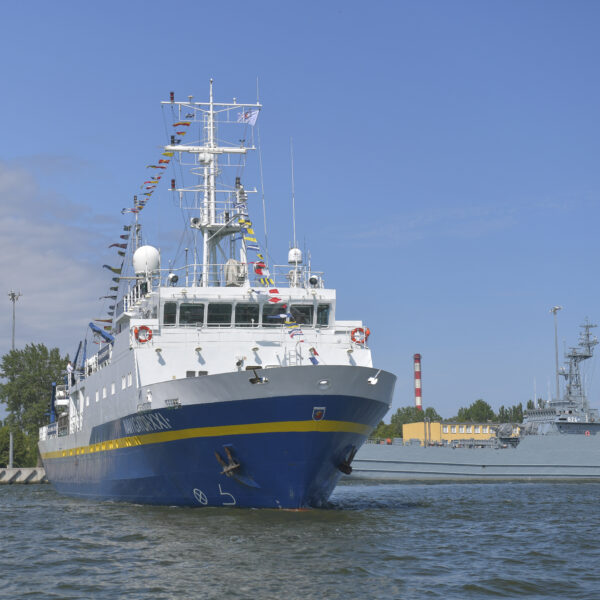The main tasks of the R/V Navigator XXI include:
- monitoring the state of the Baltic Sea or other sea areas,
- Sampling water at different depths and in different marine regions,
- Collection of soil samples from the bottom and depth surfaces, processing of collected samples in laboratories, transmission of data to coastal recipients.
- Training students in navigation, power plant operation, on-board equipment and interaction in research work.
- Hydrographic surveys, seabed inspections inspection of underwater infrastructure, detection of underwater debris and other objects, detailed surveys of underwater structures under construction and the status of dredging operations, mapping of the seabed environment.
- The ship is adapted to the I-region of navigation according to PRS regulations, i.e. for navigation in the North Sea and other open seas within 200 nautical miles from the place of refuge, with a permissible distance between two places of refuge of up to 400 nautical miles, and navigation in the Baltic Sea and other enclosed seas.


